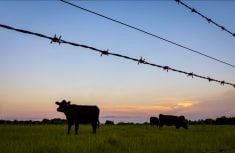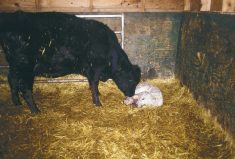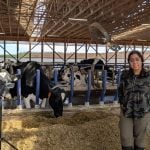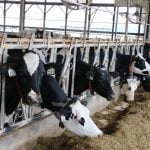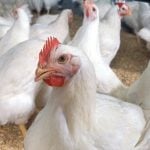[Updated: Sept. 14, 2017] – Success in the “business of food” is subject to telling our story consistent with fact and reality. The legitimate process of marketing food means everyone from the ranch, through processing, then on to the burger stand and supermarket meat counter depends on using the same language. Veterinarians, as professionals trusted with the health care of animals and trained in different aspects of food safety and quality, need to be a part of the narrative without adding to the confusion.
Unfortunately, consumers become dupes — sometimes unintentionally, often on purpose — because of the confusing array of labels assigned to food.
Read Also
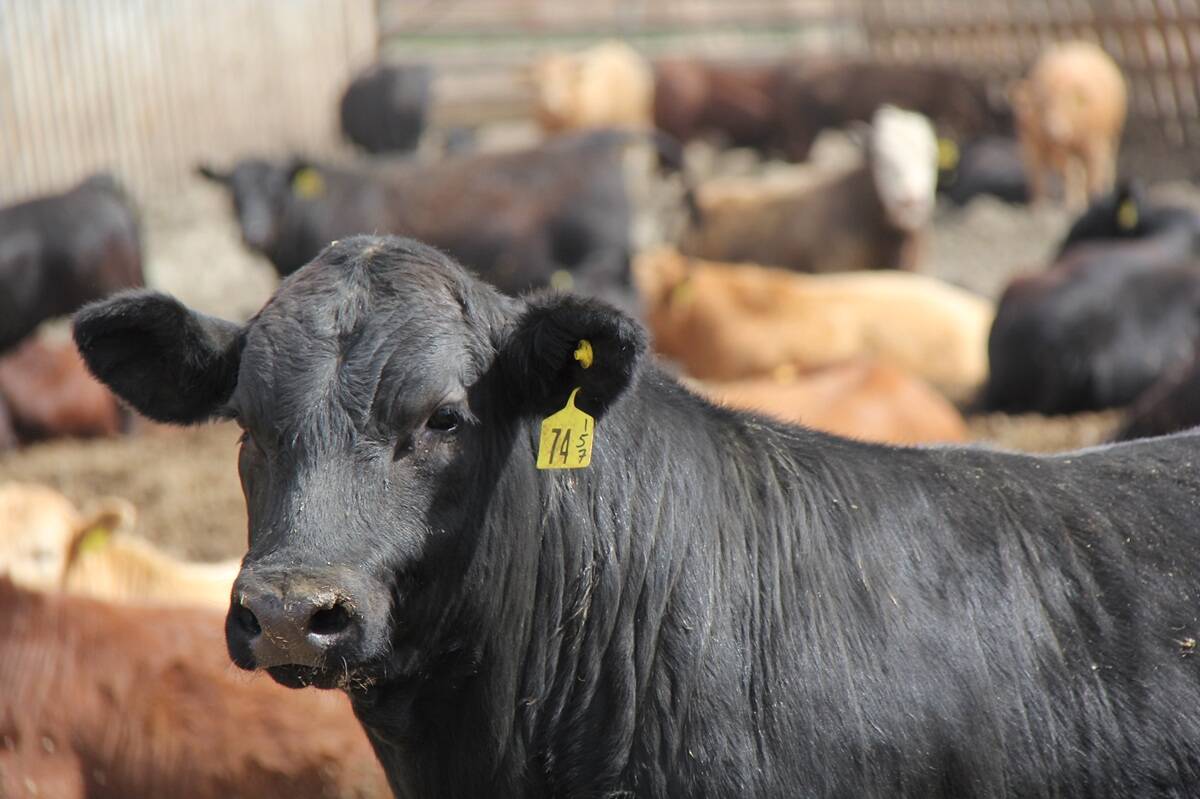
Mycoplasma bovis in beef cattle causes more than pneumonia
M. bovis causes pneumonia and is a major cause of infectious arthritis in calves and feeder cattle
Take, for example, some of the more common ones. Words like “organic,” “natural” and “gluten-free” pepper the labels of food offered to consumers, often without a clear definition of what is intended. Fresh fruit and vegetables, meat, poultry, fish, cheese and eggs are naturally gluten-free. The word, “gluten-free,” when indiscriminately inserted in a label, discredits people with celiac disease and confuses the throngs seeking change for other reasons.
Terms like organic and natural remain misleading to most consumers and, unfortunately, are automatically assumed to mean “better” or “healthier” when, in fact, these foods remain nutritionally equivalent to products one aisle over at the supermarket. Good people are given an abundance of choices. Some don’t mind digging a lot deeper at the cash register for organic produce. Organic farming has its followers and to those who prescribe agriculture conducted according to certain standards should consider it a personal choice, but I ask that they not discount my pile of groceries, raised conventionally.
Corporate America isn’t helping with its barrage of labelling claims like “raised without antibiotics and hormones,” “natural,” “pure,” “authentic.” It has long been recognized that corporate marketers have a tendency to be economical with the truth, especially organizations with a seditious agenda in hand.
Labels with text like “Humane Certified,” “Animal Welfare Approved” and “Certified Humane” often mislead shoppers who know little or nothing about the organizations who create the lingo. These organizations independently set standards required to win certification, then extract huge dollars for the right to use the labels. There is a lack of standardization between welfare groups, private companies, livestock organizations and government regarding animal care. Consumers often face a profound lack of transparency and accountability created by those trying to market the “humane treatment of animals.” What does the logo “Raised right” mean to someone in downtown Toronto who has little idea of what “right” is?
Sanderson Farms, the third-largest poultry producer in the U.S., started an advertising campaign defending its continued use of antibiotics. They called the movement toward “antibiotic free” a “marketing gimmick” aimed at charging higher prices. A publicist representing Sanderson Farms recently stated, “We can no longer sit idle while our competitors dupe consumers into believing one product is healthier than another, or bait them into paying more money for the same product through the use of misleading labels and questionable marketing practices.”
The ENOUGH Movement, a global organization committed to ensuring access to nutritious, affordable food for everyone, commissioned a study into attitudes and beliefs behind food and nutrition choices. The study’s goal: to gauge the connection between consumers’ personal level of understanding of popular food and nutrition topics and the choices they assert when shopping.
While people care about what goes in their food and on their tables, many diligent consumers admitted they don’t really know the meaning of many food labels, or the differences in farming methods like organic and conventional. Distinguishing myth from reality makes a big difference in the choices families make about nutrition, household budgets and environmental impact.
Farm-to-table perceptions on many fronts are confused. Key findings of the ENOUGH survey support this argument:
- Consumers believe all natural and organic foods are safer and healthier to eat. Two-thirds of the consumers surveyed believe organic products are more nutritious despite numerous scientific studies that refute these claims. Throw in spurious statements like “natural,” “raised right,” or “humane beef” and the margin of confusion grows.
- Consumers are confused about the no added hormones and no antibiotics labels. Sixty per cent of consumers think “No Added Hormones” means no hormones exist in products with the label. An additional 25 per cent equate the label with products of higher quality. About one-third of consumers believe “Antibiotic Free” means non-labelled products contain antibiotics.The fact remains that all living things contain hormones. Animals supplemented with hormones are nearly identical to those that aren’t. Hormones in naturally hormone-rich foods like cabbage and soy contain far higher levels than meat, milk and eggs. And regardless of whether an animal was sick and treated with an antibiotic, or raised entirely without antibiotics, the food we buy is free from harmful antibiotic residues.
- Consumers have slanted views of modern agriculture. Nearly 70 per cent of survey respondents choose organic foods because they believe they’re better for the environment when, in fact, organic farming produces less food — about 25 per cent less on average and requires significantly more land and resources to produce the same yield as modern farming methods. To raise all U.S. crops as “organic” in 2014 would have required an additional 109 million acres of land (an area about the size of California).
When those directly involved in food production engage consumers and share agricultural stories, they legitimize the truth about food. If those purchasing food understand the labels they read it resolves the guilt that misinformation often spawns. Talking at industry meetings to the masses “already converted” does little to further the truth. It happens talking to kids and teachers in schools, responding to misinformation on social media and contributing to the local news that’s read and heard during toast and cereal at breakfast.








